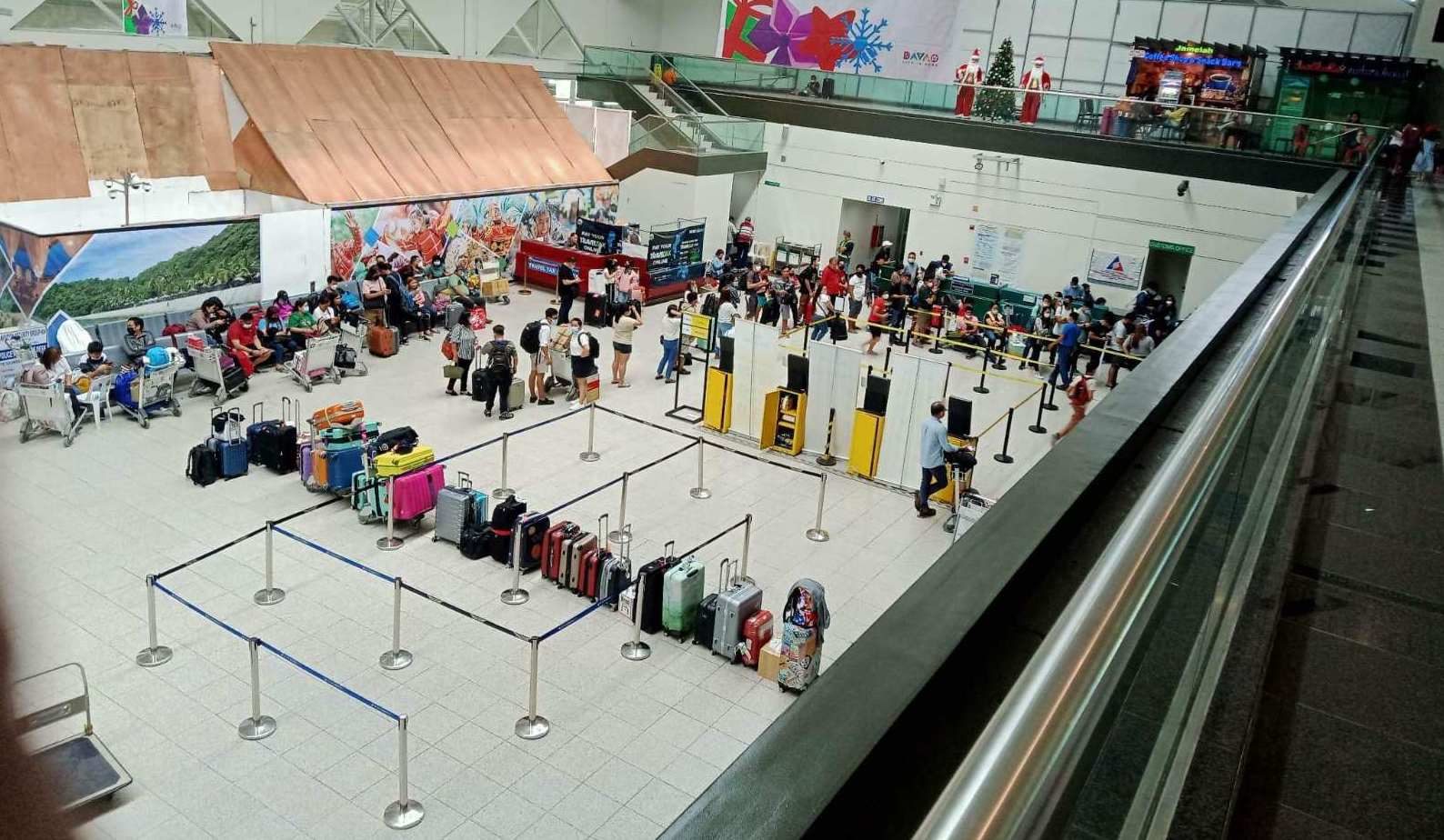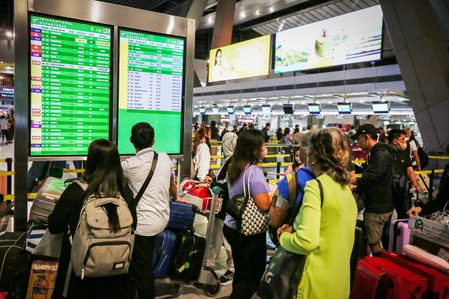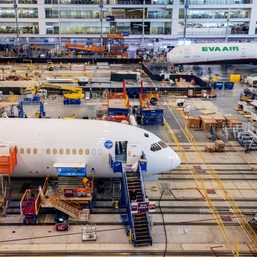SUMMARY
This is AI generated summarization, which may have errors. For context, always refer to the full article.

MANILA, Philippines – The Civil Aviation Authority of the Philippines (CAAP) announced on Tuesday, January 3, that provincial airports affected by technical problems of its air traffic management system have resumed normal operations.

The airports are the following:
- Bicol International Airport
- Tacloban Airport
- Zamboanga Airport
- Pagadian Airport
- Dipolog Airport
- Jolo Airport
- Tawi-Tawi Airport
- Laguindingan Airport
- Camiguin Airport
- Ozamiz Airport
- Dumaguete Airport
- Bohol-Panglao International Airport
- Puerto Princesa International Airport
- Tuguegarao Airport
- Cauayan Airport
- Basco Airport
- Iloilo International Airport
- Kalibo International Airport
- Bacolod-Silay Airport
- Roxas Airport
- Antique Airport
- Butuan Airport
- Siargao Airport
- Surigao Airport
- San Jose Airport
- Romblon Airport
- General Santos Airport
- Cotabato Airport
- Davao International Airport
Flights at these airports were either canceled, delayed, or diverted during the service interruption on Sunday, January 1.
“Recovery flights from diverted and delayed flights in these airports have been successfully dispatched to their location and mounted by the airlines on case-to-case basis. Meanwhile, other passengers have been rebooked to other scheduled flights with the assistance of their airlines,” CAAP said.
“The CAAP has been actively working on resuming normal operations and providing assistance to passengers affected by delayed flights for the past two days,” it added.
CAAP reiterated its apology to all those who have been inconvenienced by the power outage that affected tens of thousands of passengers on January 1, and caused flight cancellations and delays until the following day.
“CAAP is committed to ensuring the safety and efficiency of its operations and will continue to quickly work towards correcting and improving the air travel experience in the Philippines,” it said.
Flights to and from Metro Manila were put on hold on New Year’s Day over technical issues with the CAAP’s air traffic management system.
Transportation Secretary Jaime Bautista had said that the government may need more than P13 billion to upgrade the country’s air traffic management system to prevent future flight suspensions.
The Senate committee on public services will conduct an inquiry into the incident to determine liability, among others. – Rappler.com
1 comment
How does this make you feel?






CAAP is okay as they are looking into the problem and not asking for P13B in repair money. But, Bautista sounds like a ransomware agent of Nigeria. Pres Marcos need to watch this guy. I would be suspicious of this guy. One faulty circuit breaker is never a good reason to ask for P13B to do the repair. Extremely repulsive!!!